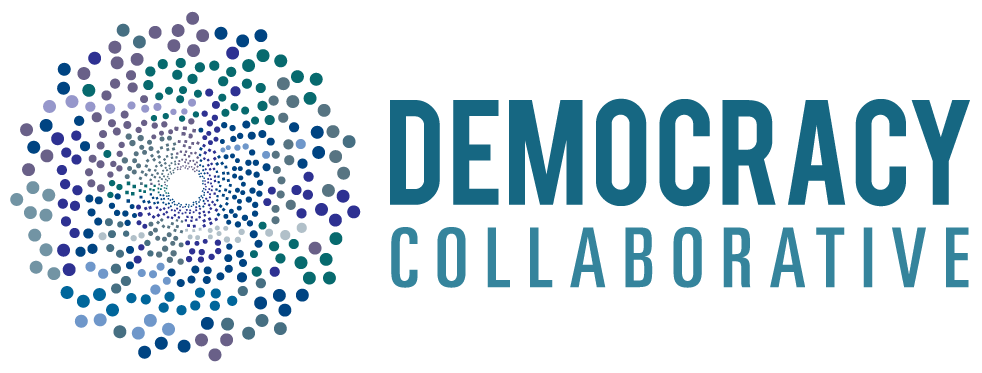Higher Education’s Anchor Mission: Measuring place-based engagement
Our new report, Higher Education’s Anchor Mission, examines how an ongoing—and expanding—effort to track the impact of colleges and universities on the financial and social well-being of their surrounding neighborhoods is helping these anchor institutions align their resources to build stronger community partnerships and create more inclusive local economies.
In 2013, The Democracy Collaborative published The Anchor Dashboard: Aligning Institutional Practice to Meet Low-Income Community Needs. The report was developed through 39 interviews with university leaders and 36 interviews with community based organizations. The Anchor Dashboard project highlights university efforts to address tenacious community challenges and serves as a tool for how institutions can form more strategic economic and social relationships with local communities, especially those that are low income.
This is becoming known as the anchor mission, a commitment to intentionally apply an institution’s place-based economic power and human capital in partnership with community to mutually benefit the long-term well-being of both. Anchor institutions like colleges and universities can bring powerful benefits to their neighboring communities by aligning their resources and business operations with their missions.
In 2015, several universities including SUNY Buffalo State (New York), Cleveland State University (Ohio), Drexel University (Pennsylvania), Rutgers University-Newark (New Jersey), University of Missouri-St. Louis (Missouri), and Virginia Commonwealth University (Virginia) came together as the Anchor Dashboard Learning Cohort. Cohort institutions are all undertaking anchor mission work in their communities, and recognized that their experience could inform similar work across the field of higher education if the impact of their efforts could be systematically tracked over time. With the support of The Annie E. Casey Foundation, The Democracy Collaborative has worked with these universities to establish a framework of metrics that can help to tell their stories, gather baseline data on community conditions, and document the internal capacities and external partnerships necessary to advance their work. The cohort is now sharing its experience with the field, and each institution is exploring how to expand the scope and deepen the impact of its anchor mission work.
Effective anchor mission work requires data that helps the institution illuminate true community needs, track improvement, and lift up promising institutional efforts. The Anchor Dashboard metrics are important in enabling the institutions to measure their levels of effort and impact and hone their practice. But the Anchor Dashboard and learning cohort process is about more than simply collecting data. It is about learning how to develop the anchor mission so that the whole of the higher education system and their home communities can experience mutually beneficial relationships, more economic security, and healthier quality of life.
Excitement among university leaders, policymakers, and community development practitioners is growing. The efforts of the Anchor Dashboard Learning Cohort lay the foundation for institutions to become catalysts for more inclusive and durable community and economic development. This report, developed in collaboration with members from the cohort, shares some of the insights and challenges faced when working to fulfill an anchor mission.
In an effort to further advance their place-based missions and address historic inequalities, the cohort makes several suggestions for beginning to adopt the anchor mission across higher education institutions. These suggestions are based on content that was developed in working groups, monthly phone calls and semi-annual meetings, interviews and email questionnaires over the course of a year.

